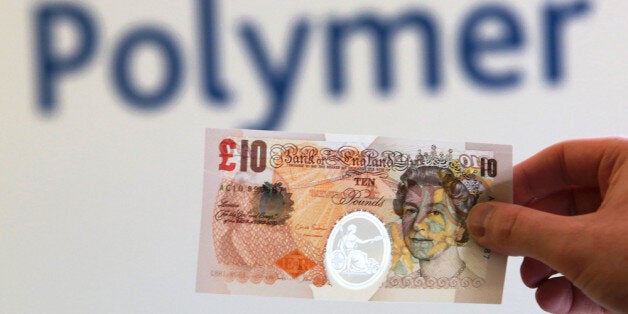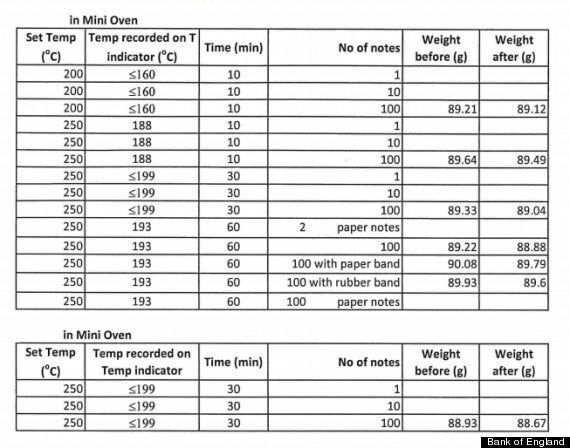
The Bank of England does like to be careful and comprehensive, especially when testing out the new polymer (plastic) banknotes beloved by governor Mark Carney, who introduced them in Canada in 2011 when he ran that country's central bank.
Bank officials tested plastic banknotes' foldability and their endurance in washing machines but have tried to look into cases reported in Canada of the notes melting in the scorching summer sun.The Bank of Canada insists melting banknotes are an "urban myth".
The Bank of Canada refused to disclose full details of their behind-the-scenes considerations about the risks of banknotes melting, and cited national security concerns, so the Huffington Post UK asked the Bank of England via a Freedom of Information Request what tests they had done to check how meltable our money is.
TOP STORIES TODAY
The key conclusion? While polymer banknotes may be more durable in water, they "begin to shrink and melt at temperatures above 120°C, so they can be damaged by an iron for example."
Testing the polymer banknotes in a microwave yielded no effect. However, adding a metal element with the notes made it so combustible that bank officials chose not to microwave for longer than 12 seconds for fear of causing further sparks and fire.

A metallic element with the banknotes "instantly" caused sparks
The Bank of England could not explain why they tested the banknotes in a microwave with and without a metallic element given that metal objects produce an electric current in microwaves and, as this video shows, generally seem to produce sparks.
Bank of England boffins tried this with plastic banknotes
The tests with a metallic element come after a photo of scorched $100 polymer bills surfaced in Ontario, purportedly after they were stored in a metal can next to a baseboard heater.
The Bank of England tested the polymer banknotes in a mini-oven and found that the scorching temperatures caused the notes to curl and did cause sticking after 30 minutes set at 150°C. Trying to warm up a bundle of notes at high temperature resulted in the notes starting to stick together.

Further tests in the mini-oven found that the banknotes also lost weight, suggesting a wearing in the fabric.

The Bank concluded: "The ink on polymer banknotes will eventually wear towards the end of their usable life, whereas paper banknotes become limper and heavily soiled. In addition, although the initial tear resistance of polymer banknotes is high, once they have a nick they can tear easily."
However like the Bank of Canada, the Bank of England did not want to disclose all the details, fearing it would "prejudice the prevention or detection of crime, in particular in relation to counterfeiting."
In short, look after your banknotes - but try not to cook them too much or leave them in any metal containers near a heat source.